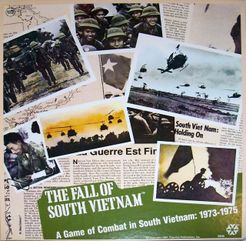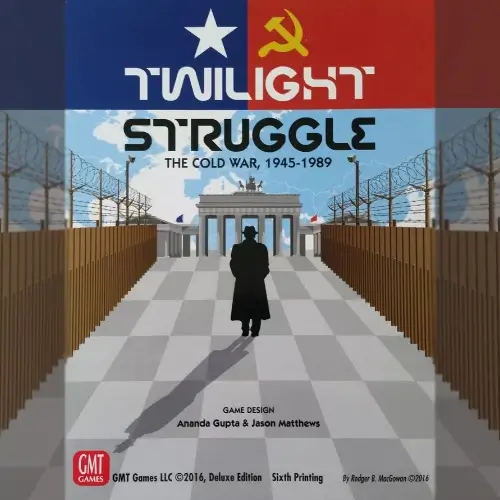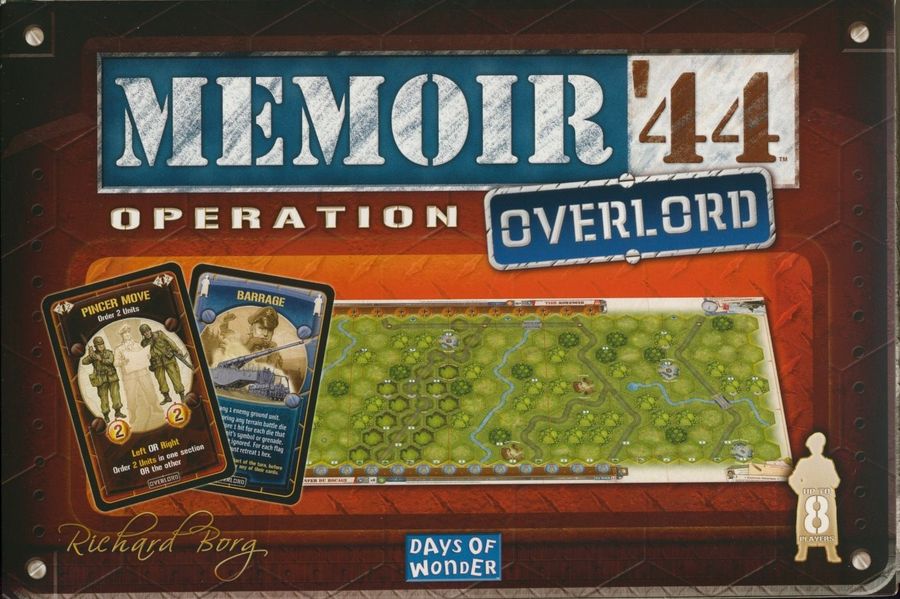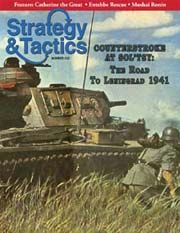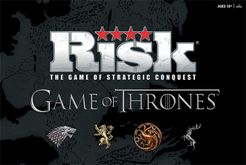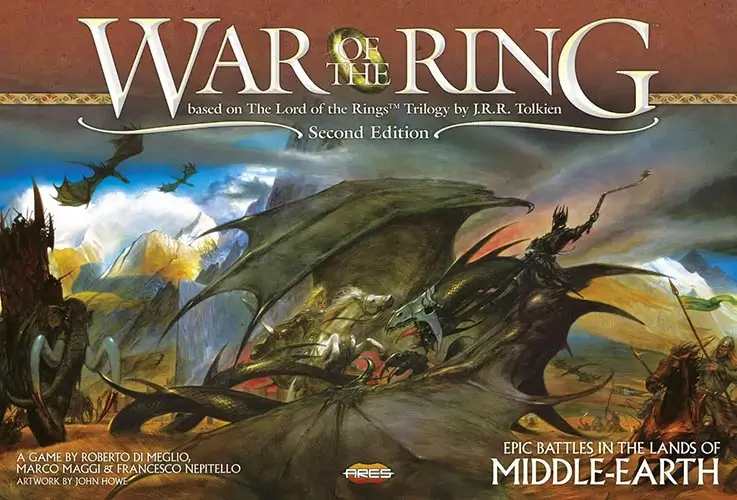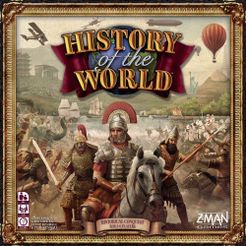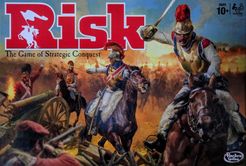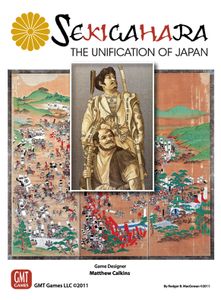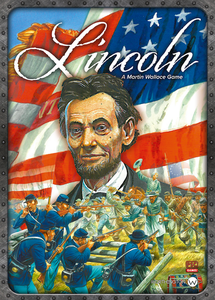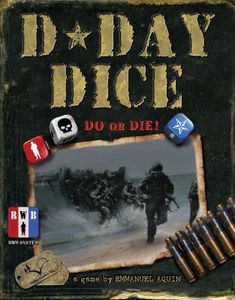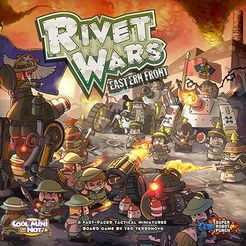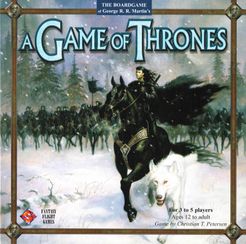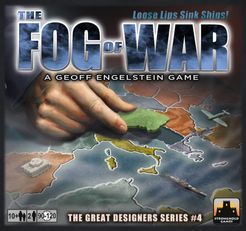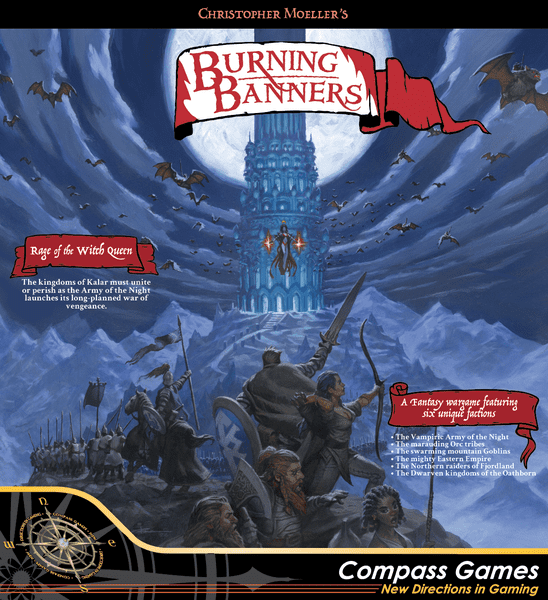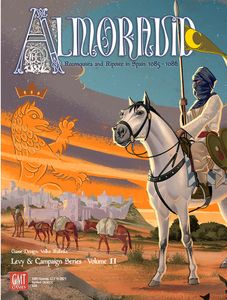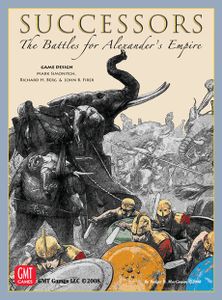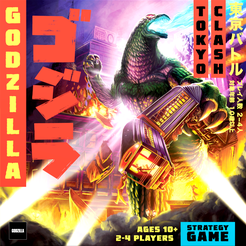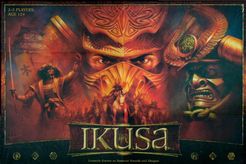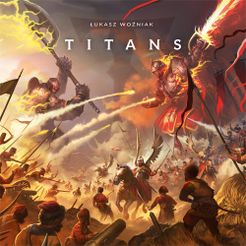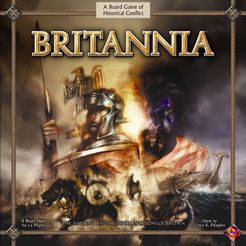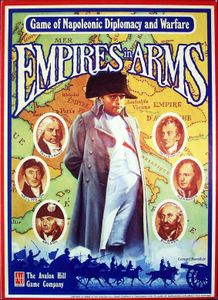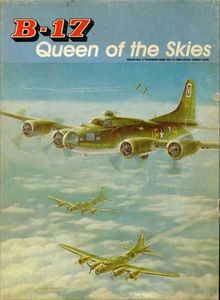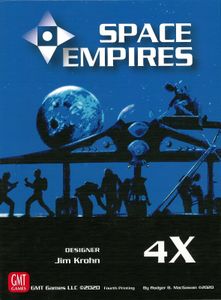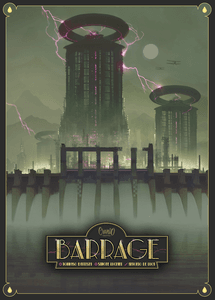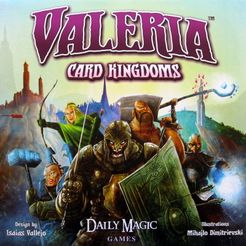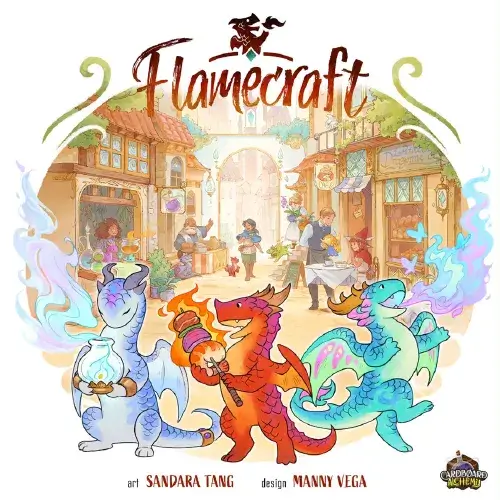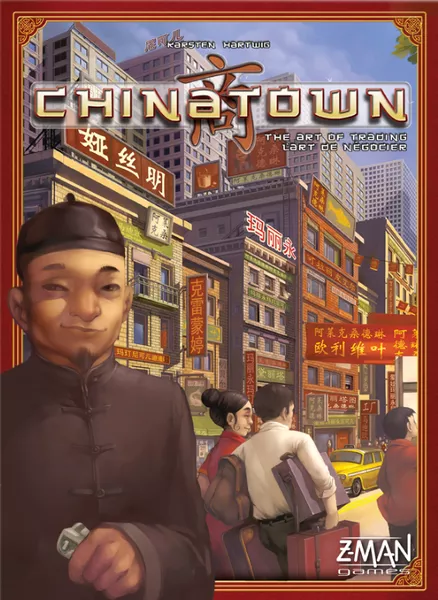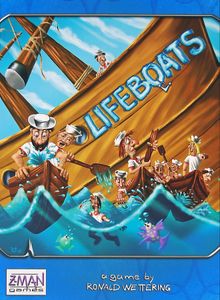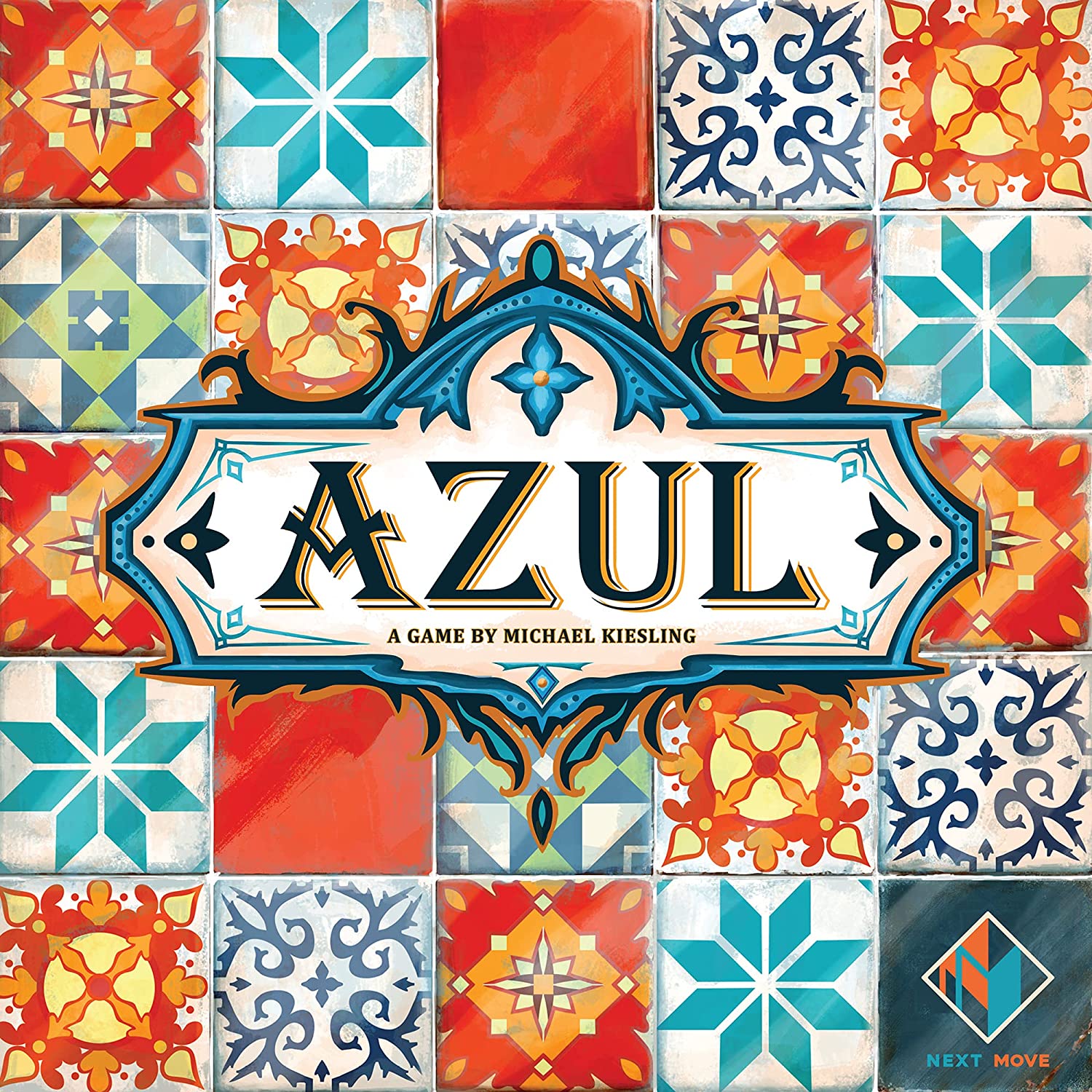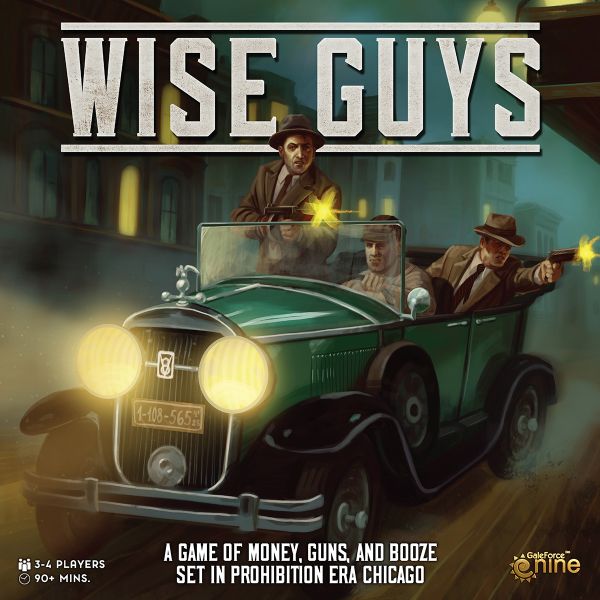The Fall of South Vietnam: A Game of Combat in South Vietnam – 1973-1975 (1981)
Simple, fast, introductory wargame on the fall of South Vietnam.
- Giới Thiệu
- Hướng Dẫn
- Video
- Chơi Ngay
- Đánh Giá & Bình Luận
The Fall of Saigon in the South of Vietnam by the People's Army of Vietnam and the National Liberation Front on April 30, 1975 marked the end of the Vietnam War and the start of a transition period leading to the formal reunification of Vietnam into a communist state.
North Vietnamese forces under the command of the General Văn Tiến Dũng began their final attack on Saigon, which was commanded by General Nguyen Van Toan on April 29, with a heavy artillery bombardment.
"The Fall of South Vietnam" is a two player wargame. It concerns the attempt made by the North to capture Saigon and end the war.
The South Vietnamese infantry divisions are trying during the course of this gane to stop and counter the attacks made by the north in order to hold Saigon.
The game is played on a 24" X 12" hand painted board and is completed in 8 turns with each turn lasting 30 minutes and correspond to a different season starting with the summer of 1973 and ending in the Spring of 1975
The map has several information on it. The Central Highlands are red and brown and Mekong Delta is mainly Green. The South Vietnam is divided by red borders in twenty different provinces each of which has a provincial capital depicted.
Moreover the board is all inclusive with all tables necessary in order to play printed on it.
The North is starting the game and then Players alternate turns.
The phases if a players turns are as follows:
A)The number of units that are available on a players turn are determined by the rolling of a d6 dice
B)Movement is made
C)Attack phase(Players in the same province have to fight)
D)Adjustment
Both player have the same rules governing the first three phases.The fourth phase is different though.
The North have to move a unit in a province capital in order to gain control and this type of movement is played in this phase
The South in the adjustment phase has to total up the number of North Vietnamese-controlled provinces and, if that number is equal to or greater than five he roll on a table for each unit in the South Vietnamese army to see if that unit deserts.
Combat occurs simultaneously. Each unit is firing at one other in the same province. If necessary the capital is assaulted if attackers remain.
Nơi mua The Fall of South Vietnam: A Game of Combat in South Vietnam – 1973-1975 (1981)
*Chúng tôi có thể được hưởng hoa hồng khi bạn mua hàng qua liên kết của các nền tảng thương mại điện tử này.



